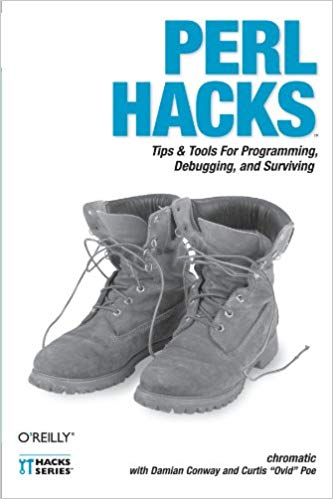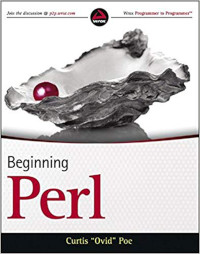If you have an interest in math, by now you may have hear that the mathematician Po-Shen Loh has found an easy way to solve quadratic equations. Those equations looked like this:
$$ax^2 + bx + c = 0$$
And they were every student’s nightmare in algebra class, because when factoring the equation didn’t work, you learned this solution:
$$x={-b\pm\sqrt{b^2-4ac} \over 2a}$$
Finding the solution for many quadratic equations was a difficult chore, especially if the answers involved imaginary numbers. Thanks to Loh, it’s now easy. Unfortunately, many of the sites I’ve visited seem to have rather cumbersome descriptions of this relatively easy solution. So to help myself remember the solution, and thus help you learn the solution, let me skip the proof of this novel solution and just show you how to solve it. If you wish to know how it works, there are many sites on the web which will get into the details. Just hit your favorite search engine for something like “Po-Shen Loh quadratic equation”.
You’ll only need basic algebra to understand this.
Step 1: Getting x2
Loh’s solution requires that the first term, $x^2$, is always just $x^2$, and never multiplied or divided by anything. So we don’t want the first term to be $3x^2$ or $x^2 \over 4$.
That’s fine, because we can just multiply or divide, as needed, so get to $x^2$. For example, if we start with this equation:
$${x^2 \over 2} - 3.5x + 6 = 0$$
We can just multiply by $2$ to get:
$$x^2 - 7x + 12 = 0$$
Step 2: Getting $-b$ and $c$
Next, we need to isolate the opposite of $b$. Since quadratic equations are in the form $ax^2 + bx + c = 0$, and we have $x^2 - 7x + 12 = 0$, we know that the opposite of $b$ is $7$ (since it’s $-7$ in the equation).
Next, we need $c$. In the equation $x^2 - 7x + 12 = 0$, we can see that $c = 12$.
The key insight in Loh’s work is that we’re searching for numbers which add to $-b$ and multiply to $c$. Thus, for our example:
- Sum ($-b$) is $7$
- Product ($c$) is $12$
If you remember the above, you’ll remember this in no time because that’s the key to making everything work.
Step 3: Finding the roots
So we need two numbers which add to $7$ and multiply to $12$. Rather than guessing, we start with the addition.
First, we know that two numbers, added together, will equal any number if their average is half of that number. So let’s take half of that $7$, or $3.5$ (or $3{1 \over 2}$ if you prefer fractions).
So we know that the two numbers are (using $u$ for a placeholder) are $3.5 - u$ and $3.5 + u$.
Since multiplying them gives us $c$, or $12$, we have:
$$(3.5 - u)(3.5 + u) = 12$$
Using the difference of squares, left hand side becomes $3.5^2 - u^2$, or $12.25 - u^2$. So we have:
$$12.25 - u^2 = 12$$
And that gives us:
$$.25 = u^2$$.
Taking the square root of each side gives us $.5 = u$. Since we that the numbers are $3.5 - u$ and $3.5 + u$ we know that the solutions are 3 and 4.
You can substitute those numbers into this equation to check the answers:
$${x^2 \over 2} - 3.5x + 6 = 0$$
Simplifying
Skipping over many mathematical steps, let’s take this:
$$4x^2 - 8x - 16 = 0$$
We want $x^2$ as the first term, so divide each side by four: $x^2 - 2x - 4$.
We know that $-b$ is $2$ an $c$ is $-4$, so we have $(1 - u)$ multiplied by $(1 + u)$ = $-4$.
$$1 - u^2 = -4$$ $$5 = u^2$$ $$\sqrt{5} = u$$
So the roots are $1 \pm \sqrt{5}$.
Let’s do it again
Let’s use this equation:
$$x^2 - 2x - 24 = 0$$
We know that $-b$ is $2$ an $c$ is $-24$.
So half of $-b$ is $1$, we have:
$$(1 - u)(1 + u) = 24$$
That reduces to:
$$1 - u^2 = 24$$
Which becomes:
$$25 = u^2$$
So we can see that $u$ is $5$ and $(1 - u)$ is $-4$ and $1 + u$ is $6$, giving us the roots of the equation. See how simple that is? It takes practice, though.
A harder example
Let’s take this equation:
$${x^2 \over 2} - x + 12 = 0$$
We need $x^2$, so let’s multiply both sides by $2$, giving us:
$$x^2 - 2x + 24 = 0$$
We know that $-b$ is $2$ an $c$ is $24$.
So half of $-b$ is $1$, we have:
$$(1 - u)(1 + u) = 24$$
That reduces to:
$$1 - u^2 = 24$$
Which becomes:
$$-23 = u^2$$
So $u$ is $\sqrt{-23}$, or $i\sqrt{23}$.
Thus, the two possible solutions are $1 \pm i\sqrt{23}$.
That’s not a fun problem to solve with the traditional quadratic equation solution.
If you want more practice watch Loh’s video on the topic.


